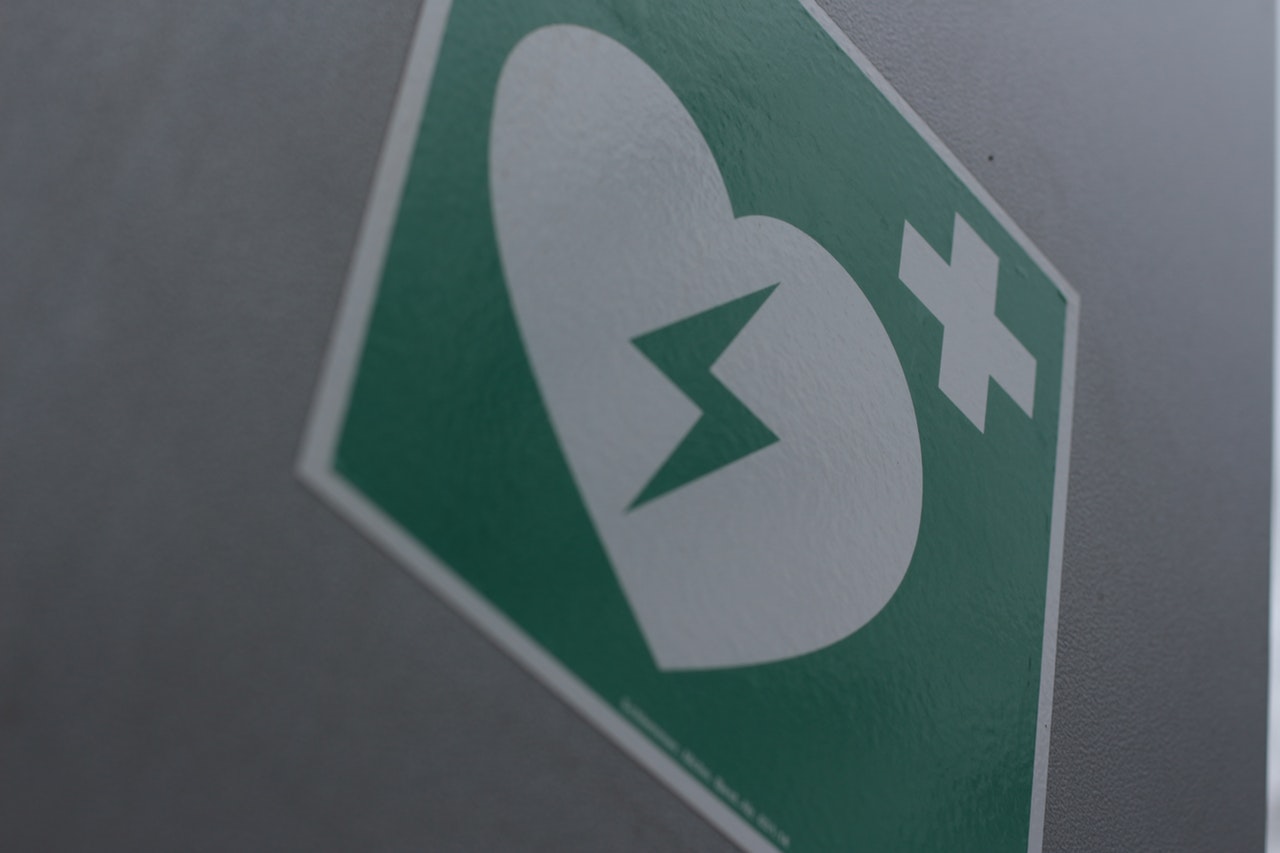
How Can You Lower Your Risk of a Stroke?
A stroke occurs when blood flow to part of your brain is cut off, usually by a clot or, sometimes, a hemorrhage. Signs of stroke include sudden headaches, weakness and numbness, trouble seeing, walking or talking, confusion, dizziness and slurred speech.
Strokes are serious business, affecting nearly 800,000 Americans each year. Unfortunately, for 140,000 Americans annually, strokes are fatal.
While strokes can be attributed to age and genetics, experts say that 80% of strokes can be prevented. Here are several key steps you can take to reduce your risk of stroke.
1. Get Your Blood Pressure Under Control
High blood pressure is the primary cause of strokes, causing more than 50% of them.
High blood pressure can make you around 5 times as likely to have a stroke for two reasons:
- High blood pressure allows fat and cholesterol to build up in the arteries, which can eventually become an obstacle to your brain’s blood supply.
- High blood pressure makes arteries less strong, increasing the risk they could burst and cause a hemorrhagic stroke.
Together with your doctor, you can help return your high blood pressure to normal. Your physician will likely recommend lifestyle changes and may prescribe medication to help.
2. Change Your Lifestyle
Being too overweight, drinking a lot, and smoking—even a little—can put you at risk for stroke.
Research suggests drinking in moderation, or not drinking at all, to reduce stroke risk. Moderation, of course, means one drink a day, ideally red wine.
Being obese also increases the risk of stroke. Talk to your physician about what you need to do to get to an ideal weight that works for you. Exercise is key, so finding a way to get moving that you actually love can turn this chore into a pleasure.
If you smoke, think about quitting. Smoking can thicken blood and increase plaque in arteries, both of which increase the risk of stroke.
3. Keep Diabetes in Check
High blood sugar can damage blood vessels, increasing the risk of blood clots that can cause stroke.
Diabetes quadruples the likelihood of stroke, so properly managing diabetes (whether type 1 or type 2) is key to keeping this risk in check. To do this, make sure you’re carefully following any instructions your doctor has given you. That means that a healthy diet, plenty of exercise and appropriate blood glucose monitoring are key.
Of course, there’s so much more to preventing stroke than just these three tips. You’ll also want to treat atrial fibrillation, address high cholesterol and keep an eye out for new therapies that might help keep your risk of stroke down. For example, there is research indicating that certain klotho proteins might be able to help prevent stroke, although such a treatment is still in development.
In the meantime, talk to your doctor about your family history of stroke and learn what else you can do to reduce your risk.
– https://www.webmd.com/stroke/guide/understanding-stroke-prevention#1– https://www.webmd.com/stroke/guide/understanding-stroke-prevention#1– https://www.health.harvard.edu/womens-health/8-things-you-can-do-to-prevent-a-stroke– https://www.health.harvard.edu/heart-health/how-to-lower-your-stroke-risk– https://www.health.harvard.edu/heart-health/how-to-lower-your-stroke-risk
- Restaurant Germs: Improving Cleaning Practices For Commonly Contaminated Surfaces - April 15, 2024
- Fabulous Baby Shower Ideas to Try Soon - May 16, 2023
- Raw Manuka Honey Auckland New Zealand - March 10, 2023


